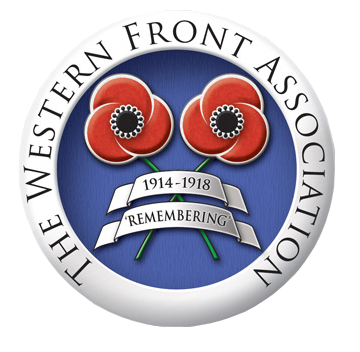
The talk first looks at the role and functions of the drill hall as part of the Territorial ‘way of life’ and identity. London units usually had one drill hall in contrast to a battalion in a rural county which would have several locations. The location and facilities of a drill hall could affect a unit’s ability to recruit and train. It assesses the geographical distribution of drill halls in 1914 and demonstrates how this had evolved organically and accidentally from those facilities used by the Volunteers. There was no plan, and the TFAs had to resolve issues such as ownership and funding of the properties they had inherited. It then looks specifically at a working class battalion, the 19th Londons (St Pancras), and shows how it became progressively ‘delocalised’ as the war progressed. It analyses the casualties of the 19th using data from the CWGC and Soldiers Died in the Great War. In 1914 this battalion recruited predominantly from an area within a radius of about a mile from the drill hall in Camden High St. The composition in 1918, however, was very different with men drawn from all over the country, albeit with a strong London, rather than St Pancras, core. It demonstrates that the 2/19th which served in France, Salonika and Palestine had lower turnover of personnel and was better able to maintain its local roots. The analysis also demonstrates that the average age of men in the 1/19th decreased by about two years between 1915 and 1918.
This talk is linked to the imminent production by Helion of 'London Pride' a 2 volume history of the London Regiment at Peace and War which includes the speaker as one of the editors as his Grandfather served as Commanding Officer of the 19th Battalion.





